 Anglers have always been linked with conservation issues. Often we’re the whistle blowers that link some abusive practice with its effects on riparian habitat.
Anglers have always been linked with conservation issues. Often we’re the whistle blowers that link some abusive practice with its effects on riparian habitat.
Invasive species and our part in spreading them was a stiff jolt. We’ve had the luxury of being the “Good Guys” for so many years – finding out we are the cause of some malady is a bit uncomfortable.
Giving up felt soled waders may be martyrdom to some, but as the pristine environments shrink, what else are you willing to part with?
Oh yes, it’s coming to that.
Those that made the pilgrimage to Hat Creek when reopened after its makeover by CalTrout have fond memories of large fish, Green Drakes, and the Powerhouse #2 riffle lined with enormous October caddis cases.
They are all gone now and have been for many years.
We did that. All those thunderous feet chasing large fish managed to squash the October Caddis out of the areas accessible to wading anglers. Siltation from the upstream powerhouse and the occasional canal break were responsible for the demise of the Carbon Bridge Drake hatch – but all our feet in the riffle above certainly added to the silt burden downstream – we just never measured the effect.
… and like most “trophy” water – our passion for bigger fish and wild trout has always put a dent in populations – despite our intentions otherwise. Hook the same fish 34 times a year and eventually he gets his gut squeezed, hits a log when dropped, or no longer has enough integrity in his lower jaw to eat mayflies …
We mean well – we’re not bad people, it’s just a numbers game. Thousands of anglers fishing continuously over a small space alters the landscape just like grazing cattle.
… and cleated rubber soles – they will make it easier to destroy the banks – as the same entree and exit points are used by thousands of anglers season after season.
The next couple of decades are liable to make us give up a lot more than felt soles, we may even be banned from certain watersheds – or no longer permitted to wade at all.
Invasive species come to mind, but I’m thinking of the Endangered Species Act and shock of finding some of the best water denied to the Gore-Tex hordes.
This year two species of underwater insect made the Federal Endangered Species list; the meltwater lednian stonefly (Glacier Park), and Susan’s purse-making caddisfly (central Colorado: Trout Creek Spring and High Park Fen) and may result in federal protection for what small areas still contain them.
This has always been a hot issue among private land owners who are suddenly denied use of their property to protect a salamander or lily – and with our big feet stirring up sediment and squashing insects underfoot, we may have to ante-up as well.
It’s certainly an unwelcome thought, yet fascinating to contemplate.
… and while you glance down at them big feet knowing you’re innocent of all wrongdoing – how your gazelle-like dance through the fast water couldn’t possibly be doing harm. Think again. Many thousands of insect lovers you never knew existed will be gearing up to confront you in the parking lot…
… you’ll have one foot poised over the water when you feel the Taser darts bite through your vest.
Tags: meltwater lednian stonefly, susan’s purse making caddis, insect lovers, taser, hat creek, wild trout, big wading feet, CalTrout, Trophy trout, global warming, Endangered Species Act, cleated wading shoes
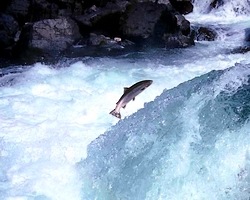 Beginning May 1st, 2010, Washington fisheries officials are proposing a single barbless hook restriction for the Columbia River.
Beginning May 1st, 2010, Washington fisheries officials are proposing a single barbless hook restriction for the Columbia River.
 Me, I can’t help it. Fly fishing is like the stock market and every channel has some nicely powdered fellow telling you what to buy. Most ignore the larger picture in favor of the populist message; get in now, you’re missing it.
Me, I can’t help it. Fly fishing is like the stock market and every channel has some nicely powdered fellow telling you what to buy. Most ignore the larger picture in favor of the populist message; get in now, you’re missing it.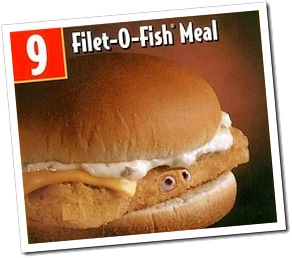 Two years ago I introduced you to the
Two years ago I introduced you to the  Anglers have always been linked with conservation issues. Often we’re the whistle blowers that link some abusive practice with its effects on riparian habitat.
Anglers have always been linked with conservation issues. Often we’re the whistle blowers that link some abusive practice with its effects on riparian habitat.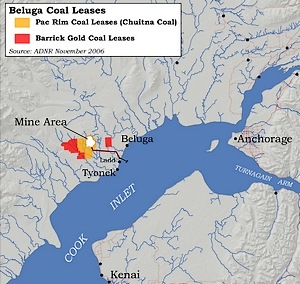
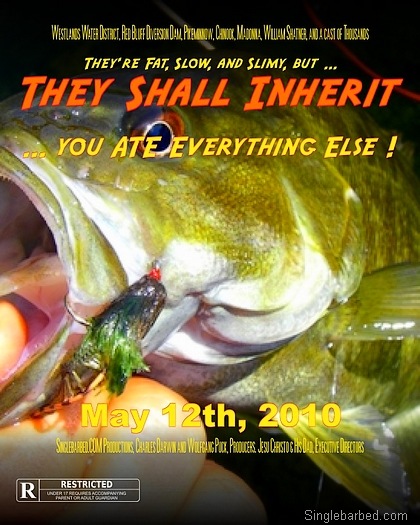
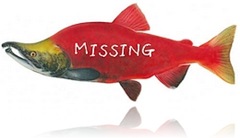 Anyone seen 9 million missing Sockeye salmon?
Anyone seen 9 million missing Sockeye salmon? Irate anglers and the phalanx of ecological shock troops have a clean target to blame for the world’s declining fish stocks, climate change, and extra hammy feet in your riffle …
Irate anglers and the phalanx of ecological shock troops have a clean target to blame for the world’s declining fish stocks, climate change, and extra hammy feet in your riffle … Alternative energy is anything other than fossil fuel and with the administration determined to promote the agenda,
Alternative energy is anything other than fossil fuel and with the administration determined to promote the agenda, 